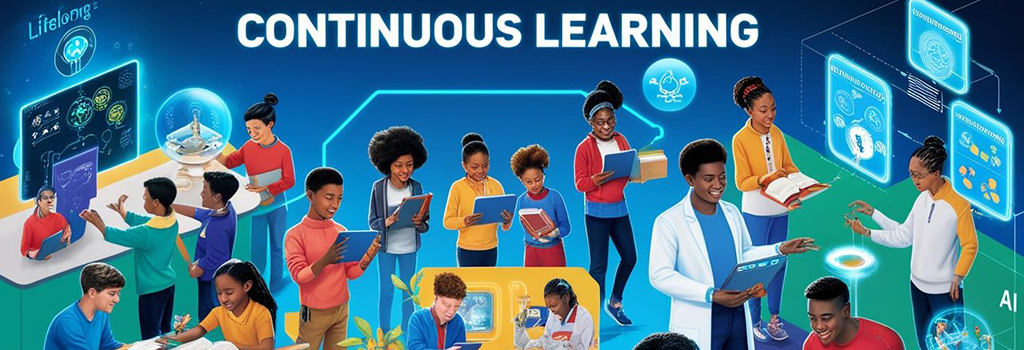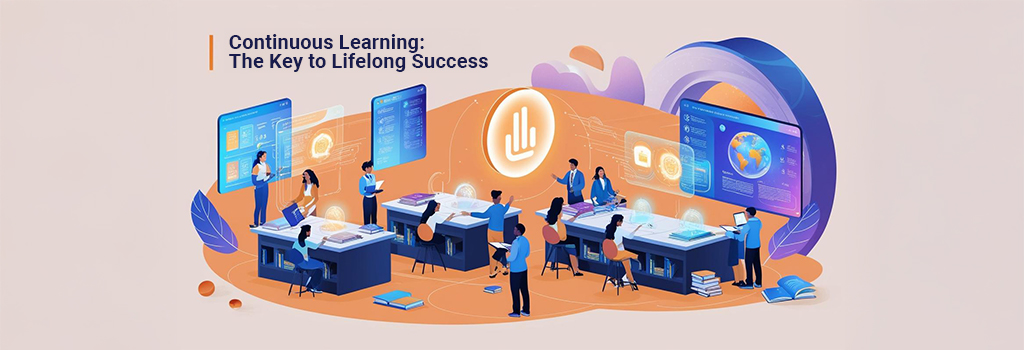What Is the Zamit Quotient? An Introduction
What Is the Zamit Quotient? An Introduction John Dewey once said, “If we teach today’s students as we taught yesterday’s, we rob them of tomorrow.” As educators in a fast-changing world, we feel this truth daily. Our students will graduate into a future full of new careers, technologies, and challenges that didn’t exist when we were in school. How do we prepare them for jobs that may not even be invented yet, and for a society evolving at breakneck speed? The answer lies in focusing on future-readiness – equipping learners with the skills and mindset to adapt and thrive no matter what the future holds. Why Future-Readiness Matters More Than Ever Education is no longer just about memorizing facts; it’s about preparing students to learn, unlearn, and relearn in an uncertain future. Research and thought leaders worldwide echo this shift. The World Economic Forum’s Future of Jobs report shows a major transformation in the skills needed for the workforce, with abilities like critical thinking, problem-solving, creativity, and emotional intelligence now taking centre stage. In fact, many of the most in-demand skills today weren’t even priorities a decade ago, thanks to rapid advances in automation and AI. Renowned education expert Dr. Tony Wagner observed that even top schools often aren’t teaching what really matters. He identified seven “survival skills” – from critical thinking and collaboration to agility and initiative – that every student needs to thrive in the 21st-century world of work and citizenship (tonywagner.com). Simply put, content knowledge alone isn’t enough anymore; students also need a diverse skill set that enables them to adapt and innovate. This understanding is reflected in modern curricula as well. For example, India’s National Education Policy (NEP 2020) urges schools to integrate skill-development with academic learning, and the International Baccalaureate (IB) emphasizes learning skills (like thinking, research, and communication) as core to its teaching process (zamit.one). The message is clear: future-ready skills are just as important as traditional academics. Introducing the Zamit Quotient (ZQ) So how can we assess and develop these future-ready skills in our students? Enter the Zamit Quotient (ZQ) – an innovative framework designed specifically for this purpose. ZQ is the flagship offering of Zamit (an EdTech platform) and is touted as the world’s first AI-driven, research-based system to benchmark and boost students’ future readiness. In collaboration with the UK’s QAI (Qualifications and Assessment International), Zamit developed ZQ as a modern answer to the question: What should students learn today to be successful tomorrow? Unlike traditional metrics like IQ or EQ – which are valuable but limited – ZQ looks at a much broader spectrum of abilities needed in today’s VUCA (Volatile, Uncertain, Complex, Ambiguous) world. It assesses over 60 future-readiness skills across nine dimensions, providing a comprehensive measure of how prepared a student is for 21st-century challenges. skilloutlook.com These skills and traits range from cognitive and technological competencies to social and emotional strengths. ZQ’s underlying framework draws on 100+ specific parameters of student development, all mapped into those nine key dimensions. (Notably, the ZQ skills align with education standards like NEP 2020 and IB’s learning skills, ensuring that it complements what schools are aiming for.) What makes ZQ especially powerful is its personalized, AI-driven approach. A student begins their ZQ journey by taking an adaptive online assessment (don’t worry – it feels more like interactive activities than a test). This analysis uses a machine learning model to evaluate the student’s strengths and growth areas in each skill domain. The result is a detailed 360-degree report highlighting the student’s overall ZQ score and a breakdown across all nine dimensions. Importantly, the report doesn’t just dump data on you – it provides actionable insights. Educators, parents, and students get specific feedback, plus age-appropriate tips and recommendations to improve in each area. In fact, Zamit even offers the option to discuss the results with a ZQ facilitator (a guidance expert) who can help interpret the report and suggest practical steps for growth. Crucially, ZQ is not a one-and-done exam or a mere score for bragging rights. It’s designed as a continuous improvement system. The student’s ZQ score is dynamic – it can improve as they engage in skill-building activities and learning opportunities. Zamit encourages students to update their ZQ by undergoing the measurement and analysis every few months, allowing them (and their teachers) to track progress over time. This transforms assessment into a motivating game of self-improvement rather than a static judgment. Figure: The four steps in the ZQ future-readiness journey – from initial assessment to ongoing improvement. ZQ essentially guides students through a loop of assess → feedback → practice → reassess. After the initial analysis and personalized report (Step 1), students are encouraged to build a personal portfolio of their academic and co-curricular achievements (Step 2), which helps them take pride in both scholastic and non-scholastic strengths. In Step 3, a ZQ facilitator consults with the student (and educator) to discuss the results and give advice on how to boost the weaker areas. Then comes Step 4: the student embarks on targeted improvement through recommended activities or courses to enhance those future-ready skills. This guided journey ensures that measuring skills isn’t just an endpoint – it’s the start of a continuous learning process. By repeating this cycle periodically, students steadily bolster their future-readiness, and teachers can visibly see the growth in areas that standard tests might never reveal. The Nine Dimensions of ZQ: A Holistic Skill Framework One of the core strengths of the Zamit Quotient is its Nine Dimensions (9D) framework, which paints a holistic picture of a learner. These nine ZQ dimensions cover virtually every facet of future-readiness: These dimensions give educators a structured way to think about student development beyond report cards. Together, they ensure we’re looking at the “whole child.” For example, some students might be strong in traditional academics (Acquired Abilities) but need growth in Social Perception or Entrepreneurial Skills; others might be tech-savvy wizards yet have room to improve their communication or global awareness. By













